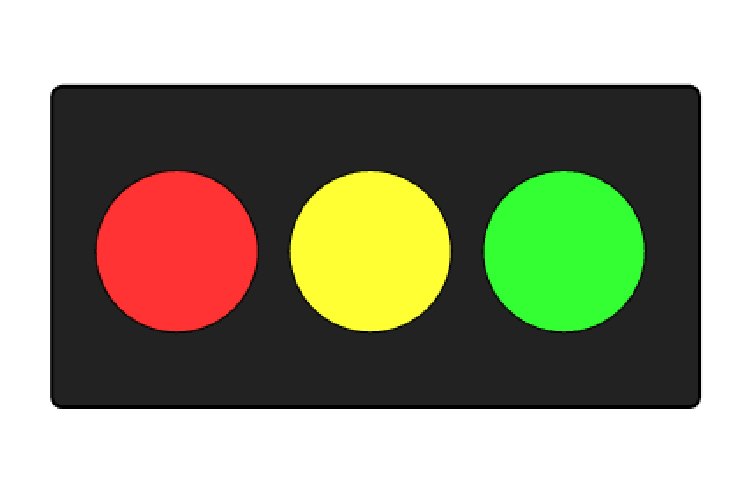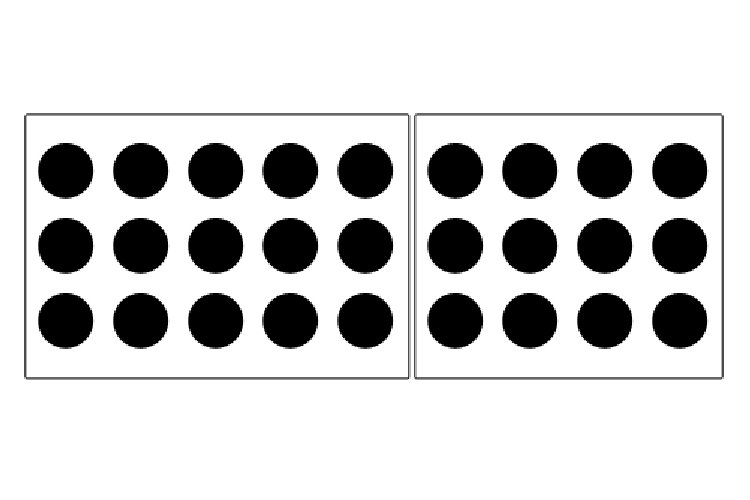Jakob’s Law of Web Design

Jakob’s Law states: “Users spend most of their time on other sites. This means that users prefer your site to work the same way as all the other sites they already know.” Of all of the rules that govern my fields of Web Design, User Experience, and User Interface Design, I find myself coming back time and time again to this simple concept, which covers so much of the work my team does on a daily basis, and also causes much of the frustration we experience in communicating with our coworkers and clients.
At its core, what Dr. Jakob Nielsen’s simple statement reveals is something innate in human nature: we like to be able to anticipate what an experience will be like, based on our past experiences. An easy analogue is the automobile. Most of us here in the Midwest drive every day, overwhelmingly in low- to mid-range vehicles. The standard control systems for cars have remained largely unchanged in concept since the early 1900s, and though they can seem quite complicated to learn as nervous teens, they are remarkably intuitive. More importantly, they are standard in any new car that is mass produced today.
If, for example, when moving up from a base model to a top-of-the-line sports car, a driver had to learn to steer with her feet or brake with her hands, there would be an understandable confusion, and probably a backlash from drivers. The same need for a common “language” is present in web design. Consciously or not, users look for certain functionality and expect certain pieces to be in set places. Moving too far from that template is confusing and leads, at best, to users spending unnecessary time finding what they’re looking for and, at worst, simply leaving.
Following the car metaphor through, when manufacturers decide to make significant deviations from this common core of controls, there is usually a good reason. Push-button starters have all but replaced traditional keys in newer cars, which makes it easier to standardize the back-end mechanical aspects for the manufacturer and provides the consumer with the ease of not having to take the key fob out of their pocket to start the car. Alternately, GM ran into trouble recently when they attempted to replace traditional shifters with a push-button version and had to recall over a million cars after multiple injuries resulted.
Will a badly designed site physically hurt anyone? Of course not. What a badly designed site will do is alienate your user, damaging the interaction they have with your brand and potentially ending the relationship altogether. The tough sell when talking to coworkers and clients in print or other types of non-web design is to make it clear that following Jakob’s Law when designing a User Experience doesn’t mean your site will have to look and feel like every other site online. It’s an admittedly fine line to design along, but good creatives can do great work while still adhering to a common language. The difference comes from whether a client needs a small, practical hatchback or a fire-breathing supercar; both will need a steering wheel and gas pedal.
There is no simple list of web conventions. Fortunately, if you’ve used the web on a daily basis for years, like most of us have, you’re already innately aware of most of the things involved in this expected language. The trick is learning to see those things in our conscious daily browsing and beginning to understand how to combine them with the design principles that govern all creative work, and make them our own in the sites we produce.

